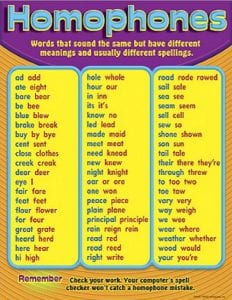Students have a full belly after consuming the process and components of their first projects (ever and of the year). We have been giving presentations, peer feedback, and ourselves a closer look through self-evaluations.
Through projects students learn to:
- write an essential question
- submit a proposal
- track and cite sources
- take notes on research
- contact and meet with someone in the community
- create a formal presentation
- obtain independent work skills
- follow a passion
Each student starts with an Essential Question — one that doesn’t necessarily have an easy or right-there-in-front-of-you answer.
I have invited my fifth grade students to share their experiences about their first projects.
Overall, they seemed impressed with all of the knowledge that their community members had to share with them while others had difficulty trying to find a community member to work with.
Lucy Hughes described it as “fun and educational.” She got to pick a topic that she was interested about and learned about it as well as learn from her peers based on the topics they chose. She taught her classmates about how climate change affects Arctic animals. Here is a link to the blog she created.
Melissa Lang liked that she didn’t know what to expect because it was her first presentation and you were excited to know what her peers thought about her final product. She made the class both diary and diary-free brownies.
Brendan Helland like creating a trivia game for his classmates about his topic on peasants.
Etta Dyer researched how we can help prevent pollution in the Arkansas River. Speaking in front of a group was something she was nervous about and she spent a lot of time practicing to make sure she was ready for it.
Finn Blackburn picked a topic he was familiar with — soccer, so he could focus on learning the basics of a project and feel successful. He made a neat book of different plays of soccer and by making the book decided he might want to do a project on book making.
Olivia Guymon chose to learn about American Sign Language and was “fascinated by how people break through obstacles in life even if they cannot hear.” She taught the class many basic signs.
Carson McConathy learned that you can’t slack off and he feels like he used his time appropriately to learn about Hiragana (Japanese Writing). He spent time making ink and practicing his writing.
Chloe Kelley liked choosing her topic of how kids can help at a shelter. She found it challenging to learn all of the new skills of finding and tracking sources, writing a bibliography, and creating a presentation. She also learned to make a website. Check it out. As a final product, she taught the class how to make cat and dog toys.
Eiley Blondeau made a video about how animals survive winter and how humans can help them. Making a video was challenging for her because she realized it takes a lot of time but she had fun and liked that her project got her outside.
I was very impressed with the self-motivation and hard work the students gave throughout their first projects while learning so many new skills. They were ready for the challenge. I am excited to see what these change makers do in the next 4 years as Crest students. Congratulations to all students on finishing their first projects of the year with pride.
